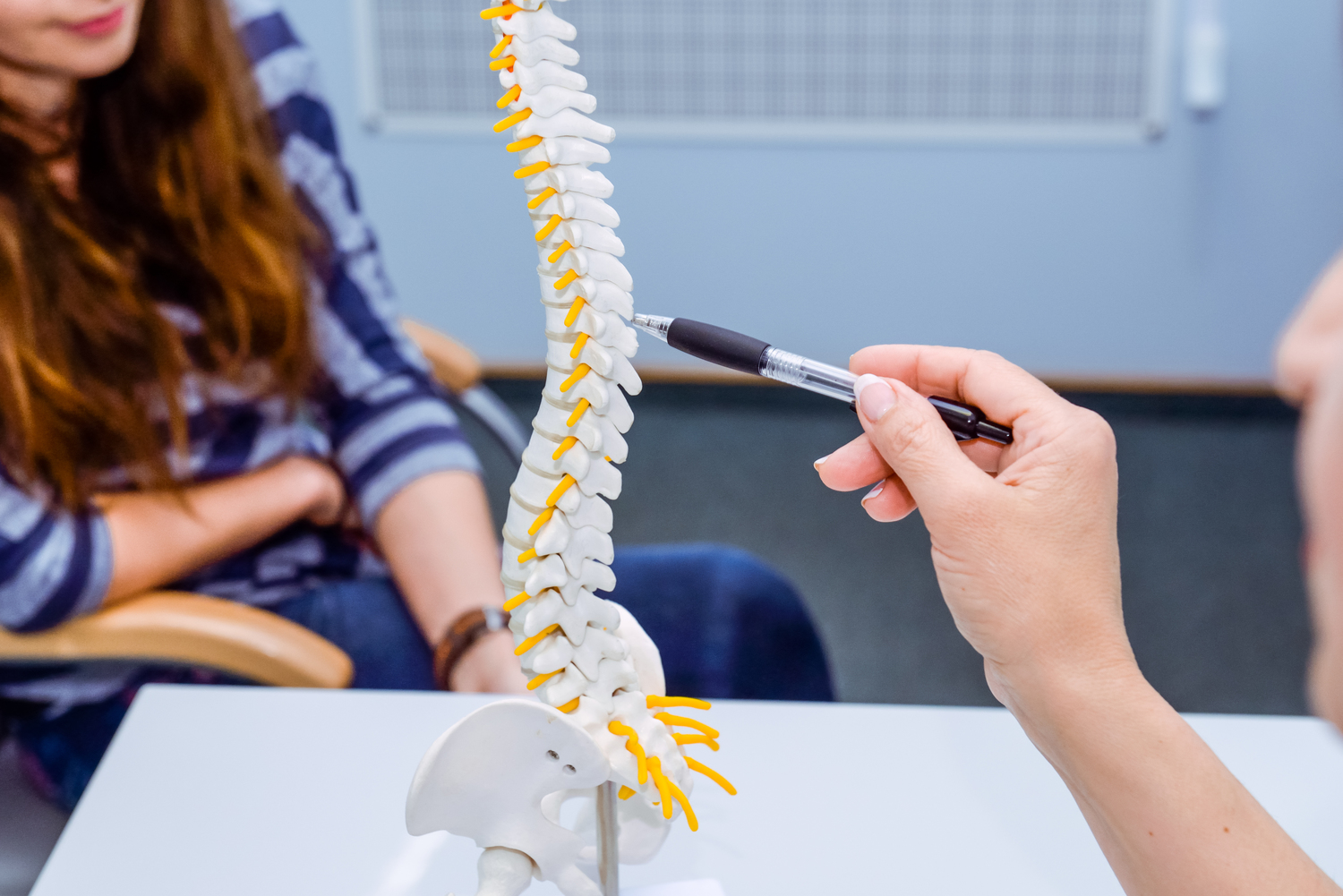Effective Workout Strategies for Osteoporosis Management
This article explores effective exercise strategies for osteoporosis management, emphasizing safe weight-bearing, strength, and balance exercises. It highlights the importance of personalized routines, professional guidance, and consistency in improving bone health and reducing fracture risks. Suitable for seniors and individuals at risk, the strategies support overall wellness and help prevent disease progression. Combining medical treatment with tailored physical activity can significantly enhance quality of life for osteoporosis patients.
Effective Workout Strategies for Osteoporosis Management
Osteoporosis affects millions worldwide, especially older adults. This condition leads to decreased bone density, making bones fragile and prone to fractures. Women are particularly at risk due to hormonal changes during menopause, which impact bone health. The disease often targets bones in the hips, spine, wrists, and ribs. Early signs include weak nails, receding gums, and reduced grip strength. Diagnosis involves physical exams and bone density tests like DEXA scans, focusing on vulnerable areas. Managing osteoporosis involves a combination of medication, nutrition, and tailored exercise routines to promote bone strength.
Bone health treatment options
While prevention is challenging, treatment options are effective in controlling symptoms and slowing progression. Medical professionals recommend medications, supplements, and exercise to regain and preserve bone mass. Hormone therapies, especially estrogen and testosterone, are common in reducing bone loss, particularly around menopause. Synthetic hormones like calcitonin can help decrease spine fracture risks. The goal of therapy is to enhance bone density and prevent further deterioration, improving overall quality of life.

The right exercise routine plays a crucial role in osteoporosis management. Carefully designed workouts strengthen muscles and bones while improving balance and flexibility, thus reducing fall risk. Always start new exercises under professional guidance to avoid injury. Weight-bearing activities like brisk walking, stair climbing, and hiking stimulate bone growth, even though they seem to stress weakened bones. Low-impact options such as elliptical training, yoga, and Tai Chi are suitable for those with advanced bone loss. Regular strength training using weights or resistance bands enhances muscle tone and bone density, supporting overall mobility.
Types of safe exercises for osteoporosis
For individuals with osteoporosis, a combination of weight-bearing, strength, and balance exercises is ideal. Weight-bearing exercises, like jogging and aerobics, promote bone health through gravitational stress. Low-impact activities, such as swimming and cycling, improve cardiovascular health and joint flexibility without risking fractures. Strength training with resistance equipment boosts muscle and bone strength, essential for mobility. Balance and posture exercises like yoga and Pilates help improve stability, preventing falls. Consistency and professional guidance ensure safe and effective results.
Key benefits of exercise in osteoporosis
Engaging in targeted physical activities helps maintain and improve bone density, muscle strength, and balance. These exercises reduce fracture risk and enhance overall functional ability. Incorporating daily gentle movements alongside regular weight-bearing and resistance training creates a comprehensive approach to managing osteoporosis. These routines not only support bone health but also contribute to disease prevention, cardiovascular fitness, and mental well-being, especially vital for the elderly population.










